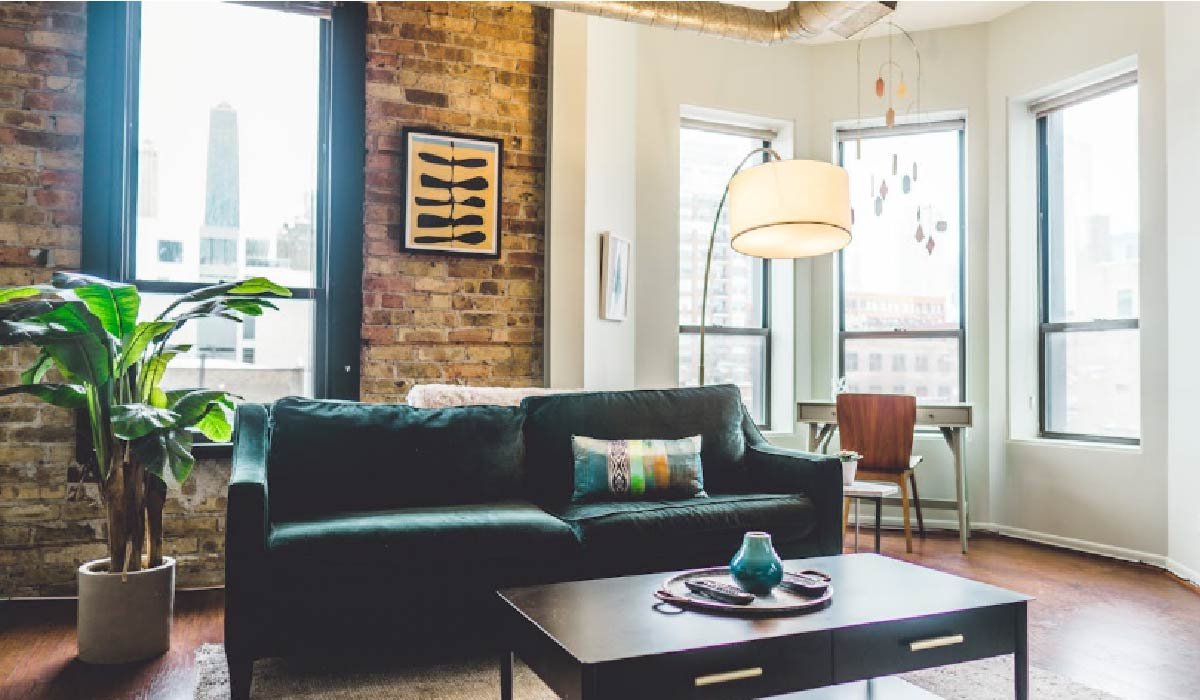Home Improvement
Simple Living Environments That Support Long-Term Wellness

How we curate our living spaces significantly impacts our health and well-being. Chaos and clutter can take a toll on our mental and physical health. A simple living environment promotes a sense of peace and clarity amidst life’s complexities, enabling one to focus on what truly matters. By integrating elements that support mental tranquility and physical wellness into our homes, we can foster an environment designed for long-term benefits. This guide explores various strategies for creating simple living spaces that contribute to lasting wellness.
Create Minimalist Spaces
Minimalism goes beyond aesthetics. It encourages intentional living with possessions that serve a purpose or bring joy. To cultivate a minimalist space, start by decluttering and removing items that no longer resonate with your goals or values. This process clears physical space and mental clutter, leading to decreased stress levels. A prominent principle in minimalist design is the focus on quality over quantity. Investing in fewer but higher-quality items, whether furniture, decor, or even kitchen utensils, ensures that your environment feels inviting and functional.
Using aesthetically pleasing storage solutions helps maintain order without sacrificing visual appeal. Services such as accessible Hendra storage can assist in decluttering by providing convenient places to keep seasonal or infrequently used items, allowing for a more open and serene living experience. Natural light can enhance a minimalist space, making rooms feel more spacious and bright. Large windows or strategically placed mirrors can amplify light and create a harmonious balance, fostering an uplifting atmosphere.
Embrace Natural Elements
Incorporating natural elements into your living environment significantly enhances its tranquility. Biophilia, or the innate connection humans have with nature, suggests that exposure to natural elements improves mood and promotes well-being. This could mean introducing houseplants, which purify the air and bring color and vitality into your home. Selecting low-maintenance plants like succulents or ferns can make this integration effortless.
Besides plants, using natural materials such as wood, stone, or bamboo can create a grounding effect. Furniture made from natural materials tends to be more organic, fostering a cohesive and unified feel throughout the space. Incorporating elements like water features, such as small fountains, can add a peaceful auditory dimension to your living environment.
Invest in Comfort and Ergonomics
Comfort should never be an afterthought in any living environment. Investing in ergonomic furniture chairs that support good posture or desks at the right height helps sustain your physical health and productivity. Beyond functionality, cushions, throws, and cozy textiles can create warmth and invite relaxation within your space. When designing your living area, consider layouts that encourage conversation and social interaction, stimulating emotional well-being.
Open spaces and inviting furniture arrangements foster a sense of community, making it easier to spend quality time with family and friends. It’s important to create designated areas conducive to relaxation, such as reading nooks or meditation spaces, where individuals can retreat and recharge. Another critical aspect of comfort is temperature regulation. Ensuring your living environment can maintain a comfortable temperature through effective heating and cooling systems creates a healthier atmosphere that caters to your comfort needs.
Prioritize Cleanliness and Organization
A clean and organized living space promotes clarity and mental health. Regular cleaning routines create a welcoming environment and reduce allergens and toxins in the home, fostering a healthier living space. Establishing efficient organization systems can further streamline your daily routines, making household tasks feel less daunting. Consider implementing strategies such as the ‘one in, one out’ rule, which encourages you to remove something each time you bring something new into your home.
This principle can prevent clutter from accumulating, preserving the simple living ethos. Organizing your belongings by function or category ensures that everything has its designated space, allowing for easier navigation and less time spent searching for needed items.
Incorporate Mindful Technology Use
Thoughtfully integrating technology can enhance your living environment rather than detract from it. Establishing specific tech-free zones in your home can foster a more peaceful atmosphere and encourage face-to-face interactions. Limiting screen time before bedtime promotes better sleep quality and wellness.
Consider leveraging smart home devices to enhance convenience and efficiency, but ensure that they contribute positively to your life. Utilizing smart lighting can help adjust ambiance and promote relaxation, while app-controlled home environments can lead to energy conservation. These technologies should serve to simplify and enrich your living experience rather than add excessive distractions.
Foster Social Connections Within Your Space
Creating an environment that facilitates social connections is vital for emotional well-being. Designing communal spaces, like an inviting dining area or a cozy patio, encourages gatherings with loved ones. Regular social interactions are known to bolster mental health, providing support and fostering a sense of belonging.
Considering communal activities such as gardening or cooking together allows individuals to bond over shared experiences. These collaborative endeavors strengthen relationships while contributing to a fulfilling life. An environment that nurtures these connections becomes a source of joy and fulfillment in daily living.

Fostering simple living environments that prioritize wellness is achievable with intentional design and thoughtful choices. By embracing minimalism, incorporating natural elements, investing in comfort, maintaining cleanliness, using technology mindfully, and encouraging social connections, one can establish a home that nurtures long-term wellness. Creating such spaces encourages clarity, harmony, and joy in daily life.
-

 Celebrity1 year ago
Celebrity1 year agoWho Is Jennifer Rauchet?: All You Need To Know About Pete Hegseth’s Wife
-

 Celebrity1 year ago
Celebrity1 year agoWho Is Mindy Jennings?: All You Need To Know About Ken Jennings Wife
-

 Celebrity1 year ago
Celebrity1 year agoWho Is Enrica Cenzatti?: The Untold Story of Andrea Bocelli’s Ex-Wife
-

 Celebrity1 year ago
Celebrity1 year agoWho Is Klarissa Munz: The Untold Story of Freddie Highmore’s Wife
















